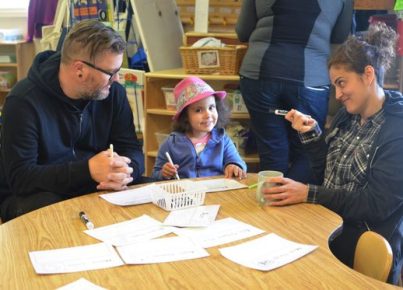Introduction
A home-school partnership is a crucial element in a child’s education, as it helps maintain open communication between parents and educators. For primary students, the connection between home and school plays a significant role in their academic success and social-emotional development. This article highlights the importance of sustaining a home-school partnership with primary parents and offers practical strategies for both parents and teachers.
Benefits of Home-School Partnerships
1.Improved Academic Performance: Studies show that strong home-school partnerships lead to improved student outcomes such as better grades, test scores, and overall academic performance.
2.Higher Engagement: When parents are involved in their child’s education, students tend to be more motivated to learn, participate in class activities, and develop positive attitudes toward education.
3.Stronger Social-Emotional Development: Parental involvement can foster social-emotional growth by helping children understand their emotions, build stronger relationships, and develop problem-solving skills.
4.Better Attendance: Children whose parents actively engage in their education are more likely to attend school regularly and maintain good attendance records.
Strategies to Sustain Home-School Partnerships
For Parents:
1.Communicate Regularly: Keep open lines of communication with your child’s teacher through emails, phone calls, or parent-teacher conferences. Share information about your child’s interests, strengths, challenges, and any changes at home that may affect learning.
2.Be Involved: Attend PTA meetings, school events, volunteer at school functions, or join committees to stay informed about school policies and decisions affecting your child’s education.
3.Support Learning at Home: Encourage good study habits by providing a quiet space for homework and practice what has been taught in school.
4.Set Realistic Expectations: It is essential for both parents and children to understand expectations regarding academic goals, behavior, and school policies.
For Teachers:
1.Create a Welcoming Environment: Develop a classroom atmosphere that is warm, welcoming, and inclusive. Encourage parent involvement by providing opportunities for parents to volunteer, observe, or join in activities.
2.Communicate Clearly and Often: Inform parents about their child’s progress, upcoming events, and any concerns through newsletters, emails or phone calls.
3.Engage Parents as Partners: Seek parents’ input in decision-making processes and involve them in setting goals for their child’s education.
4.Provide Support: Offer resources or workshops for parents on helping children with homework, understanding curriculum expectations, and addressing social-emotional needs.
Conclusion
By working together, parents and teachers can create a nurturing environment that is conducive to learning and development. When a strong home-school partnership exists between primary parents and teachers, children are more likely to experience academic success and develop healthy social-emotional skills that will benefit them throughout their lives.





